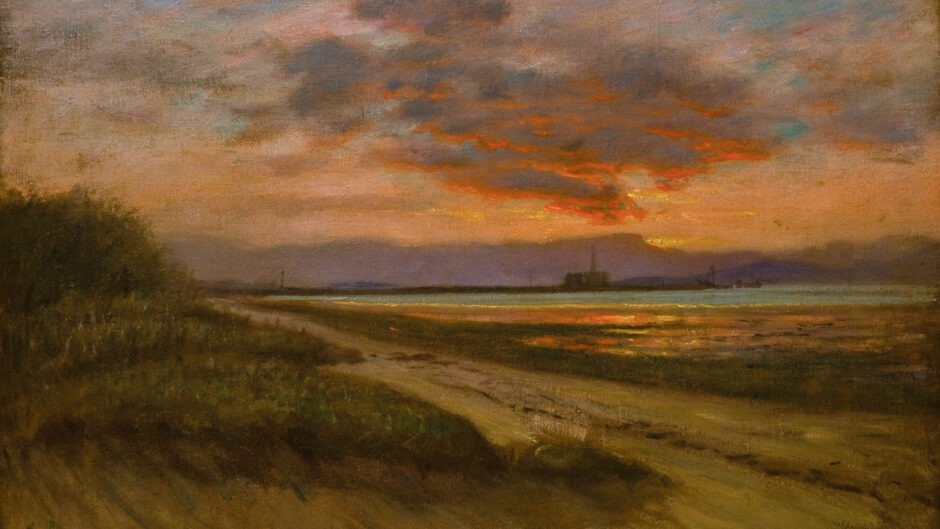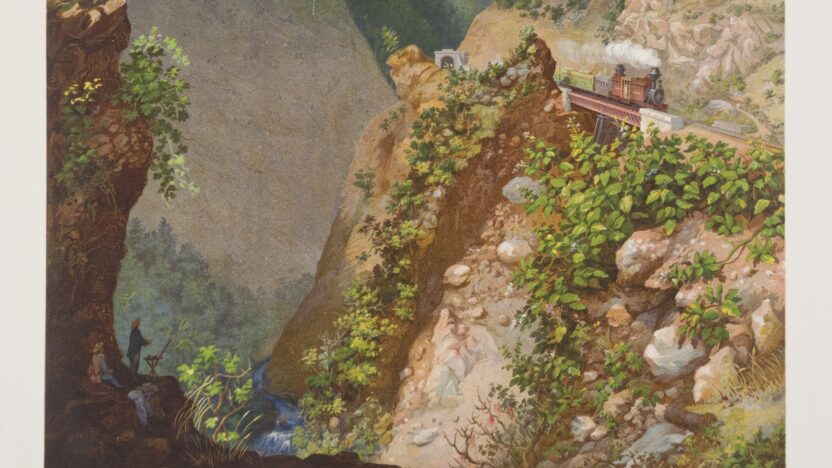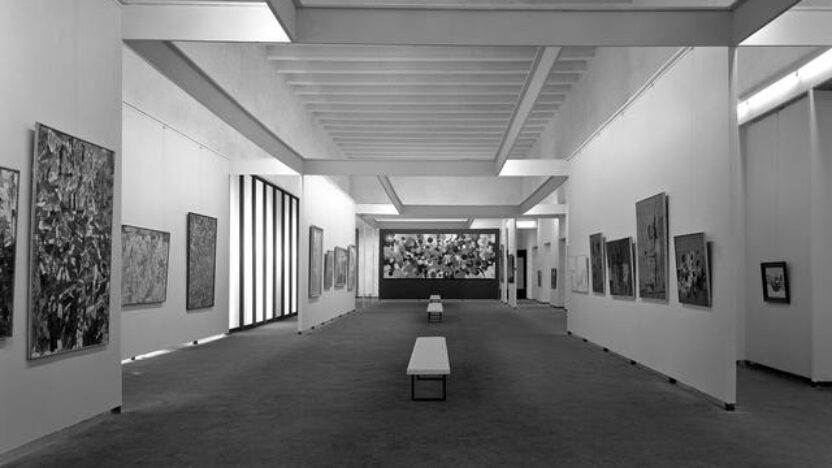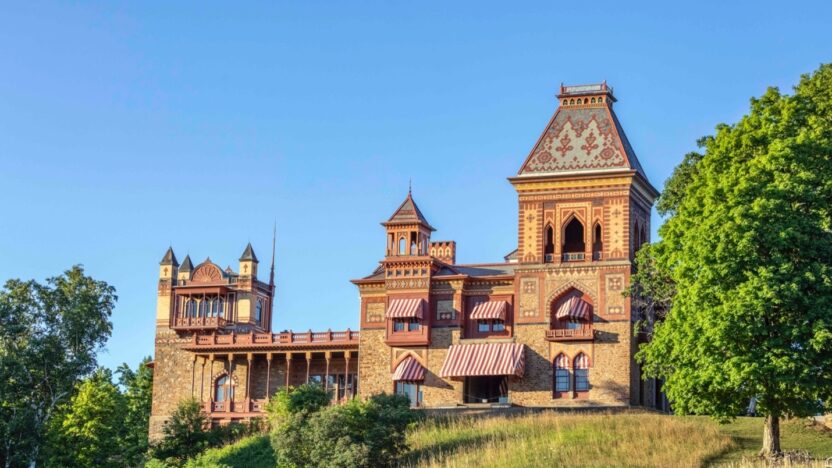How has belatedness—framed through constructs of being behind, delayed, and not yet arrived—shaped the arts and the historiography of the arts of North America? This series considers how North American art has been both historically denigrated and celebrated through ironically longstanding charges that parts of the continent were young, without history, and without tradition compared with European civilizations. From where did this myth arise, and what are its contours, limitations, and implications? How and in what contexts did this liability become an asset in ways that interweave with fluid ideas of national identity and modernity? How did this assertion shape aesthetic practices? How did these ideas resonate differently related to the cultures of the United States, Canada, Mexico, Indigenous nations, and the Caribbean, as well as in other modern transnational contexts? How has the idea of belatedness shaped the field of North American art history, and the inclusions and exclusions of its canon, within art history’s attention to narratives of aesthetic progress? Where is it ruptured or challenged? How does it align with or depart from wider discussions of temporalities and the history of art? This set of events proposes to identify and to critique the myths around newness that have constructed a sense of American cultural belatedness from various angles by exploring the impacts the myths have made on art and cultural production, display, criticism, and art historiography.
Organised by Professor Emily C. Burns (Director of the Charles M. Russell Center for the Study of Art of the American West at the University of Oklahoma) and Professor David Peters Corbett (Professor of American Art and Director of the Centre for American Art, The Courtauld).
Emily C. Burns is Director of the Charles M. Russell Center for the Study of Art of the American West and an Associate Professor of Art History at the University of Oklahoma. She is a scholar of transnational nineteenth-century art history, with an interdisciplinary research practice that analyzes how mobilities of objects and people shape visual culture in the context of global discourses of nationalism and modernism by focusing on points of contact across multiple communities in the late nineteenth and early twentieth centuries. She is author of Transnational Frontiers: the American West in France, published by University of Oklahoma Press in 2018, and co-editor of Mapping Impressionist Painting in Transnational Contexts, published by Routledge in 2021. She has published numerous articles about U.S. art in Paris, the circulation of Lakota performers and art, and U.S. impressionism.
David Peters Corbett is Professor of American Art and Director of the Centre for American Art at The Courtauld. His publications include The Modernity of English Art, 1914-1930 (Manchester, 1997) and The Geographies of Englishness (co-ed, Yale, 2002), both of which won prizes and the latter of which was a Guardian book of the year; The World in Paint: Modern Art and Visuality in England 1848-1914 (Penn State, 2004); Anglo-American: Artistic Relations between Britain and the US from Colonial Times to the Present (co-ed, Wiley-Blackwell, 2012), and An American Experiment: George Bellows and the Ashcan Painters (Yale, 2011).











